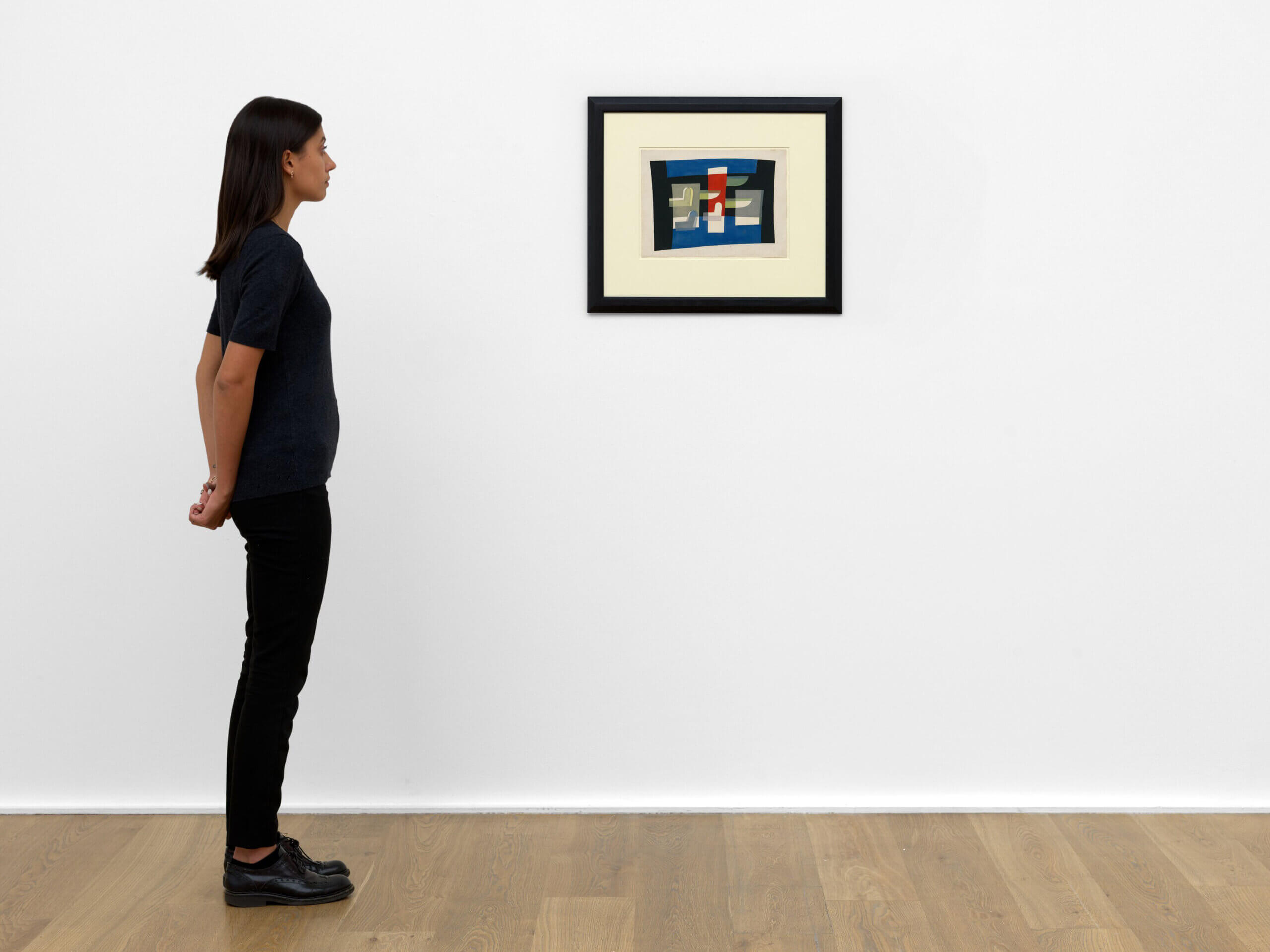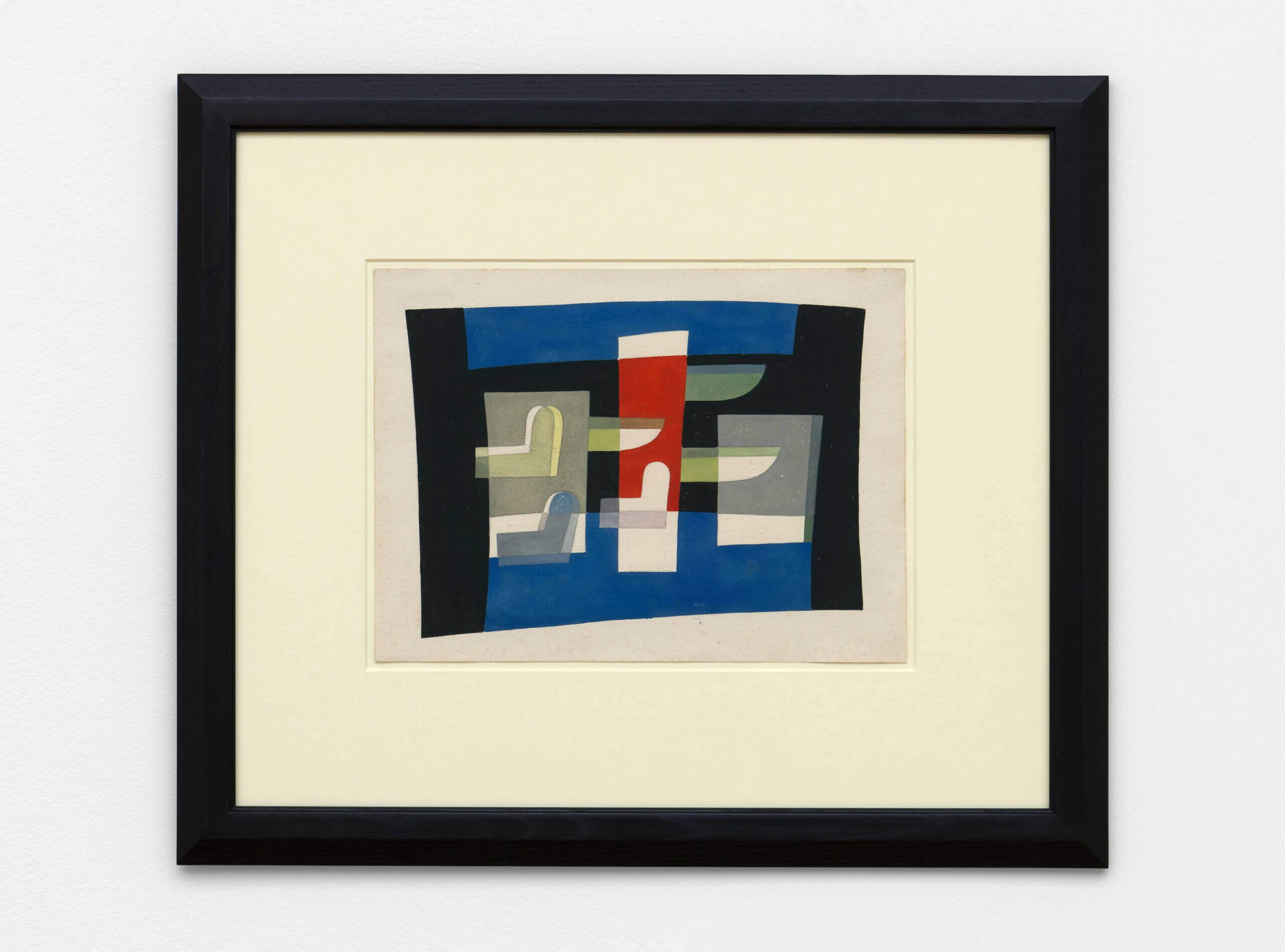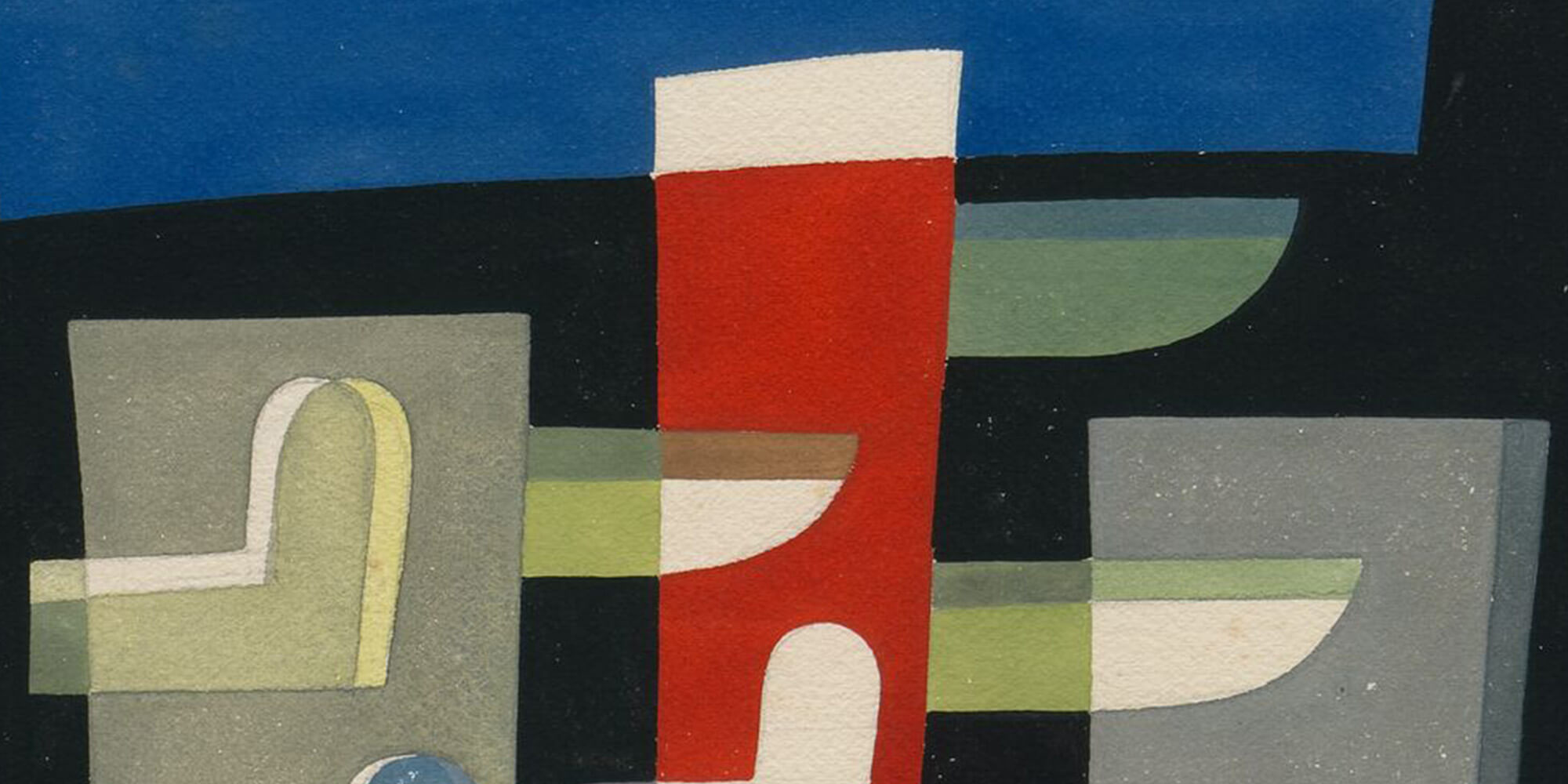
Sophie Taeuber-Arp
Plage (Beach)
Plage (Beach)
1927 Gouache and graphite on paper 26 x 35 cm / 10 1/4 x 13 3/4 in 52.5 x 61.6 x 1.5 cm / 20 5/8 x 24 1/4 x 5/8 in (framed)
Resonating with the reduced geometric vocabulary of Constructivism, 'Plage (Beach)' (1927) is an outstanding example of Sophie Taeuber-Arp’s discerning sense of color and form. Clearly outlined with pencil and attentively painted in with gouache, organic (albeit abstract) geometric shapes repeat across the composition. Through a clever use of color and negative space, Taeuber-Arp brilliantly distorts perspective to evoke an illusion of depth while simultaneously enhancing the flatness of the composition.
‘In a flower, in a beetle, every line, every form, every color has arisen from a deep necessity.’—Sophie Taeuber-Arp

In 'Plage (Beach)', Taeuber-Arp juxtaposes geometric shapes, placing them slightly out of sync with each other, creating a sense of movement and dynamism that is captivating. Taeuber-Arp ingeniously disrupts the mind's complex system of prediction and expectation, blurring the distinction between figure and ground. Through its uniformity and ordered repetition, Taeuber-Arp achieves a certain fluidity in 'Plage (Beach)' that is at once static yet dynamic.
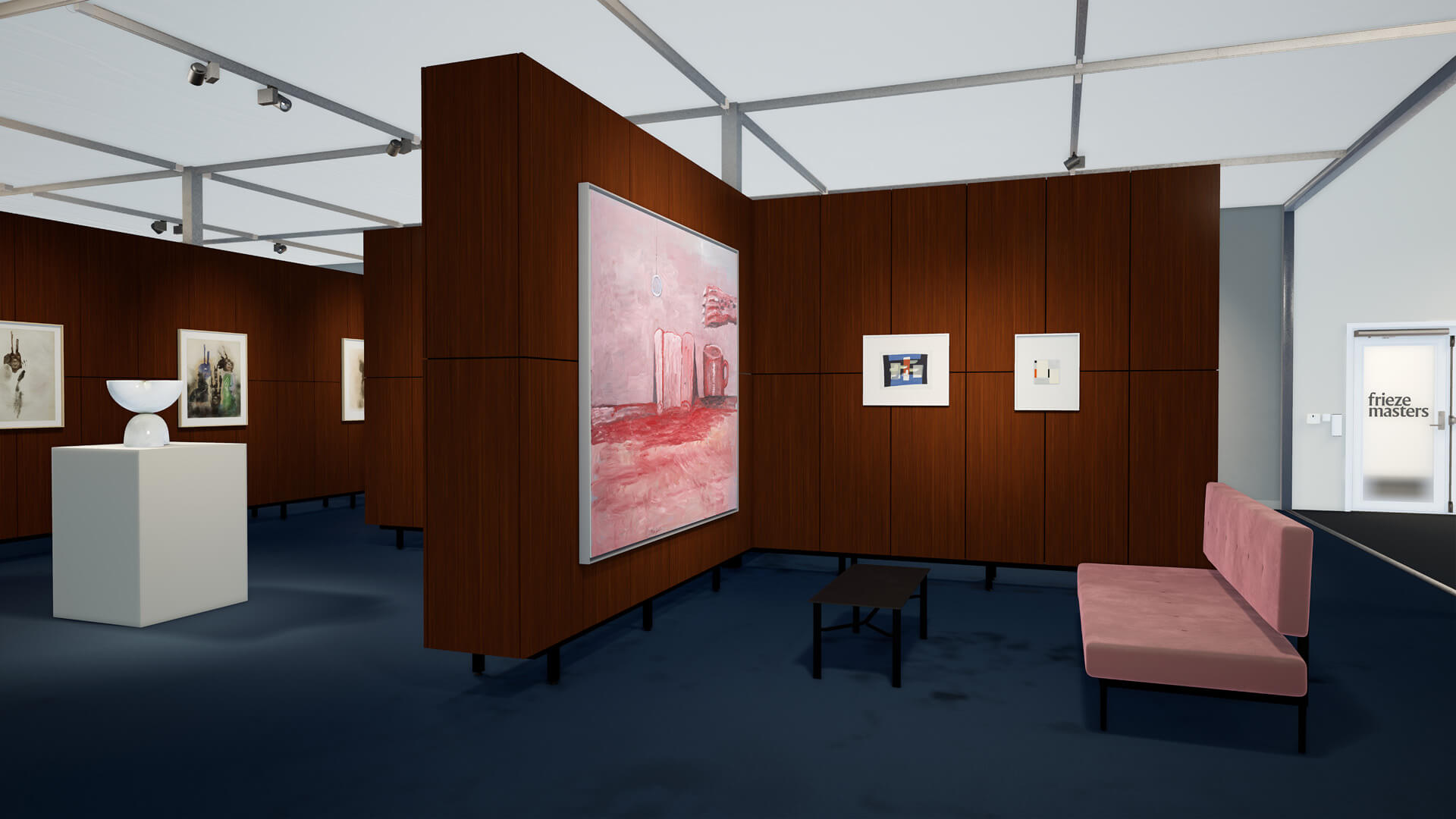
In many ways, 'Plage (Beach)' is a work of what is to come: it embodies a certain sense of freedom that resonates with the artist’s later practice. In the years that followed, Taeuber-Arp would be included in some of the most significant exhibitions of the 20th Century – including 'Cercle et Carré' at Galerie 23 in 1930 – which is widely considered to be the first group exhibition of abstract art. Thus, through its austere yet spirited geometric motifs and striking character, 'Plage (Beach)' is a true masterwork by Taeuber-Arp, demonstrating an astute level of precision that would be the hallmark of her illustrious career.
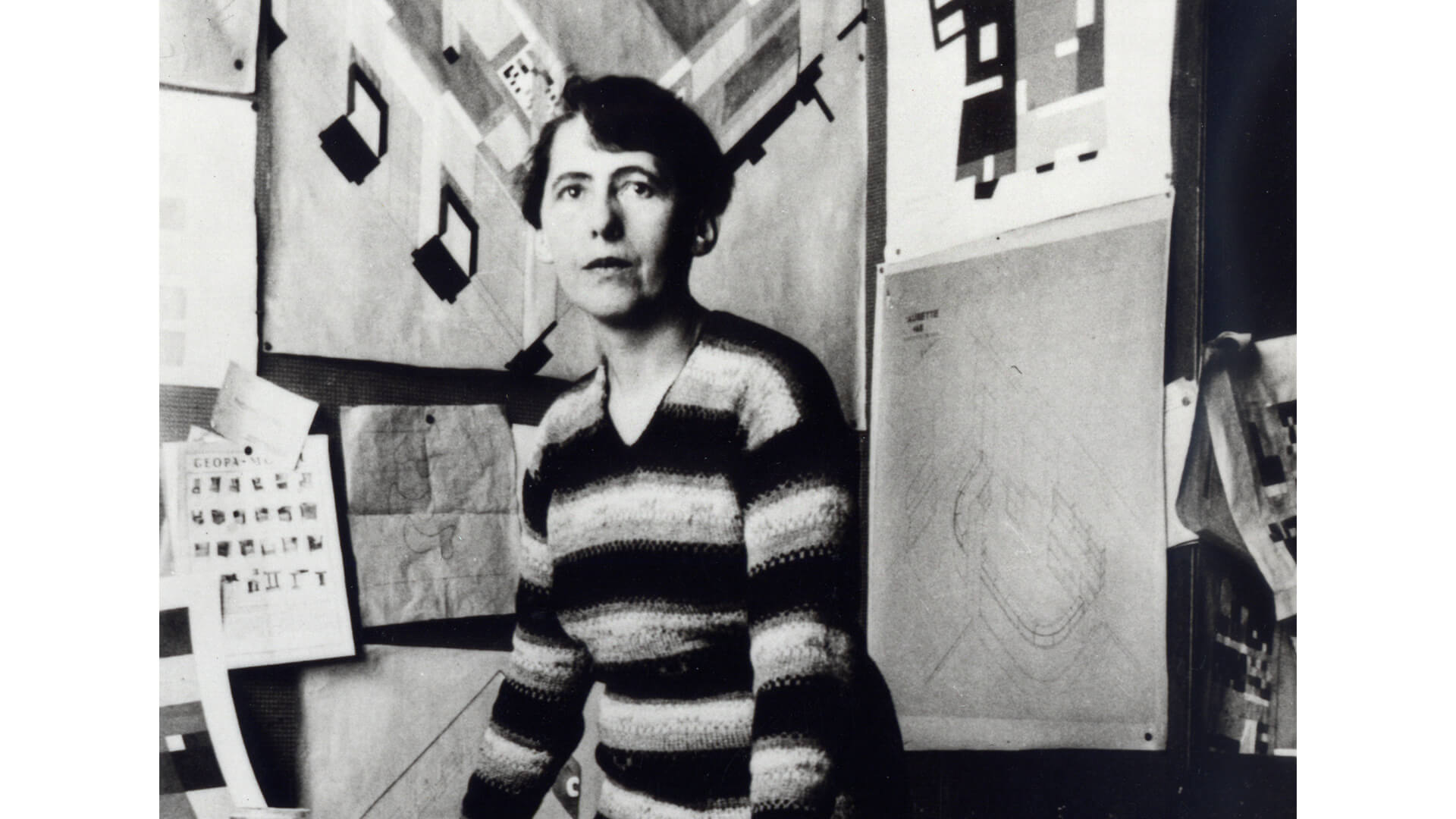
Sophie Taeuber-Arp
A distinctive polymath, Sophie Taeuber-Arp realized a unique visual language across a breadth of media, including design, painting, textiles, drawing, sculpture, and dance. Through her art, Taeuber-Arp divested pure form of its utilitarian purpose, generating a sense of order and balance from an interplay of shapes and color within an abstract composition. Born in 1889 in Switzerland, Taeuber-Arp was a key figure and leading member of Zurich Dada before moving to Paris in the late-1920s. Accordingly, not only did Taeuber-Arp work in the context of the European avant- garde, but was a pioneer of it, challenging the hierarchies between fine art and applied art through her interdisciplinary practice.
